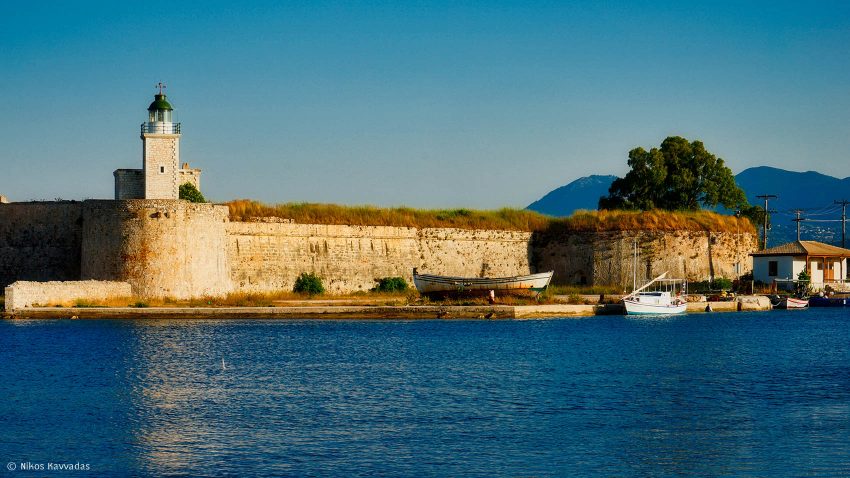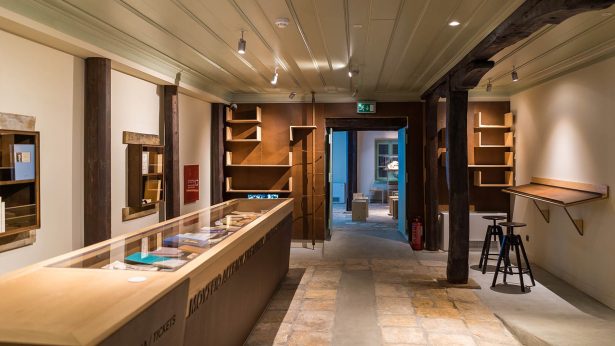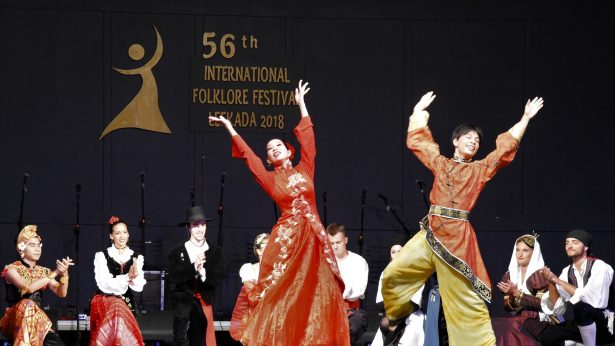At the entrance of the island, right next to the floating bridge, there is the medieval castle of Santa Maura.
The original fort was built in 1300 by Giovanni Orsini who received the island as a dowry after his wedding with the daughter of Nicephorus I. It served as a military post and was transformed into a castle by Carlo I Tocco who also used it as his permanent residence.
The name “Santa Maura” of both the castle and the town that was founded within its walls and became the seat of the island until the 17 century derived from the Angevins of Walter Vryennius that came from the town of Sainte Maure in France, in remembrance of their faraway home. The castle was vastly transformed through the centuries and assumed its present heptagonal shape by the Turks just after the middle of the 16th century.
It is around 25,000 square metres in extent and you can visit it via the western gate. In the interior you can still notice some ruins, mostly from the era of the Venetian Rule and, at its northern part, the remains of the church of Pantokrator that was built by Morosini in 1684, during the Venetian-Turkish War, at the location where an older mosque used to stand.
Within the castle there was the magnificent temple of Santa Maura that was destroyed in 1810 while the English were trying to conquer the island. Nowadays, at the south-eastern part of the castle, there is a small chapel also dedicated to Saint Maura and her husband, Saint Timotheus.
The visitors can wander around the ruins of the castle that will travel them back to old ages. From its crenels they will be able to enjoy the view of the channel, the town and the lagoons, as well as the endless beach that is located to the northeast of the castle, namely Diavasidia. Each season in the castle holds its own charm. Both inside and outside the castle, nature continuously changes colours and the historical ruins reveal an aspect of Lefkada that only few people are aware of.
The famous, in its time, Aqueduct was built during the Turkish Rule (in the middle of the 16th century). Water from “Megali Vrysi” (Great Fountain), a spring just south of the modern-time town of Lefkada, was transferred through pipelines to the castle. The pipelines were supported by a rather narrow road with 360 arcs that passed through the lagoon (“ivari”). Its remains can still be seen west of the modern road that connects the castle with the town.
The castle is accessible everyday except Monday, from 08.00 to 15.00
View more about castles and forts of Lefkada here



